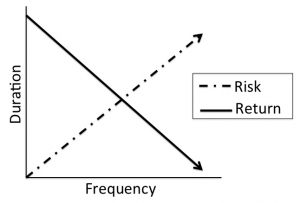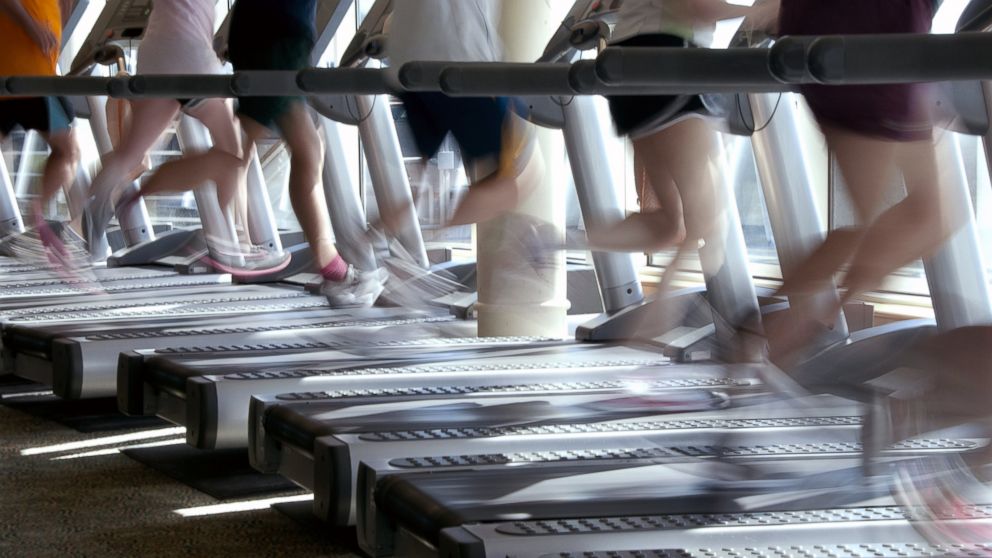One of the greatest things about the human body is its ability to adapt quickly to a new stressor. After initial contact, less and less of an adaptation is required, until dealing with the once-challenging stimulus almost seems easy.
This phenomenon is especially evident in exercise, as weights begin to feel lighter with resistance training, and distances don’t seem as far with endurance training. We respond to the stress in the form of increased strength or work capacity so we’re better prepared the next time around.

Clearly, this is a beneficial process, and it’s the very reason we should exercise. However, it also means we need to consistently apply new, or more challenging exercise stressors to experience any benefit.
“Insanity: doing the same thing over and over and expecting different results.” Albert Einstein
Or put another way, in order for exercise to be worthwhile, systems or tissues must be exercised at levels beyond what they’re accustomed to (the overload principle).
With resistance training there’s more variables, as the exercise can be altered, weight raised, or rep and set scheme adjusted. Each minor alteration – even in grip (ex: pronated to neutral) – producing a different stimulus, meaning new muscles recruited and consequent adaptation required.
With steady-state aerobic training, on the other hand, the only variables are faster speeds or longer distances. And unfortunately, there’s an upper threshold with these variables that leads to unfavorable consequences over time (1, 2, 3, 4, 5).

Basically, when jogging, cycling, or swimming is your predominant form of exercise, the results diminish unless you continue to go faster and further. And with these increased speeds and distances come more free radical production, higher cortisol levels, and damage to muscles, joints, and ligaments from the same chronic repetitive movements.
With steady-state aerobic exercise (CARDIO), the benefits continue to decline as the risks continues to rise…

And that’s before considering the TIME invested in such an activity!
For some reason people would rather spend a significant portion of their scarcest resource chasing a potential return that’s obtainable elsewhere in less than 5% of the time…?
- In 2006, researchers in the Journal Physiology found equal improvements in aerobic capacity when comparing 90-120min of continuous cycling at 65% intensity, with 4-6 intermittent sprints of 30-seconds and a 4min recovery between sets.
- In 2010, researchers from the Journal of Physiology found equal aerobic and health improvements from 8-12 sets of 60sec sprints, compared to an endurance training group exercising almost 98% more.
The sad part being, that it’s not just competitive athletes that experience the long-term damage from chronic cardio. With most individuals seeking weight loss surpassing that excess line in their efforts to ‘exercise more’ and recreational runners, cyclists, and swimmers continuing to push further and more frequently in an effort to avoid stagnation.

No matter the case, the growing risk is NOT worth the shrinking reward. And there’s a much easier and healthier way to get (and stay) fit.
Stay Lean!
Coach Mike
RELATED ARTICLES:
Why MORE Exercise Fails For Fat Loss
